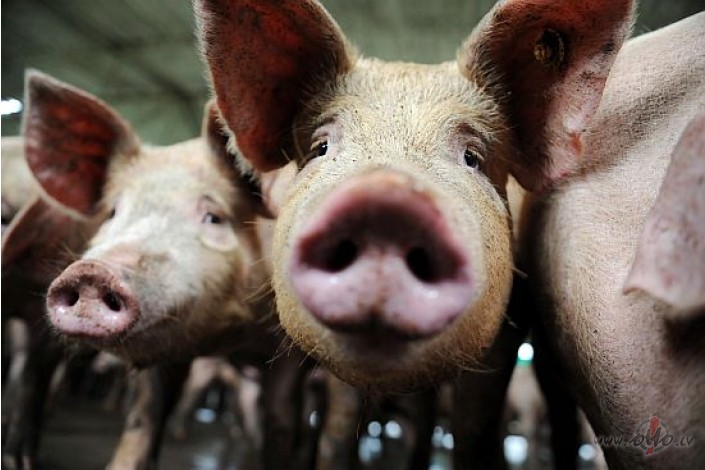While this figure remains significantly below the levels recorded in 2020 and 2021 — when EU exports exceeded 6 million tonnes — it reflects a steady performance amidst evolving global market dynamics. China remained the EU's largest export destination, although volumes declined by 3.1% to 1.12 million tonnes. At the peak of its ASF crisis in 2020, China imported a record 3.34 million tonnes of EU pork.
The United Kingdom was the second-largest importer, purchasing 895,700 tonnes (–0.7%). The Philippines became the third-largest export market, increasing imports by 26.1% year-on-year to 366,500 tonnes.
Other key markets included:
- Japan: 354,800 tonnes (–0.4%)
- South Korea: 251,500 tonnes (+3.8%)
- Vietnam: 136,400 tonnes (+15.2%)
- United States: 113,900 tonnes (+11.6%)
- Australia: 99,800 tonnes (+5.6%)
Meanwhile, pork imports into the EU dropped by 3.8% in 2024 to approximately 159,000 tonnes. Deliveries from the United Kingdom also fell by 3.8%, down to 106,200 tonnes.
Despite overall lower volumes than in previous peak years, the EU has maintained its position as a leading player in global pork exports, adapting effectively to shifting demand in key markets.
schweine.net



